by Rainer Hoenicke, UC Master Gardener of Napa County
As I looked east toward Atlas Peak and Mt. George on a particularly beautiful, clear morning while hiking with my dog recently, I felt immensely grateful to live in a place so richly blessed with trees. Napa's many large trees almost obscure the cityscape in older neighborhoods and provide shade on hot summer days, habitat for birds and other tree-dwelling wildlife, and a sense of wellbeing.
In my own neighborhood, almost every yard is graced with trees that were probably planted when the subdivision was built in the early 1970s. Most homeowners probably recognize the value of these trees to their small patch of land yet may not think much about what these trees contribute to the larger landscape.
One mission of the Master Gardeners is to extend research-based knowledge on sustainable landscape practices and natural ecosystems. Our own gardening activities affect not just our own well-being. They have benefits far beyond our fencelines and will benefit us for decades to come.
As I looked out over Napa that morning, I felt compelled to share my thoughts as an avid gardener. What do trees provide that goes beyond mere beauty and a sense of wellbeing?
Usually, more than half of a tree's weight is below ground. Tree roots form a dense network of living carbon that supports the soil ecosystem: the fungi, bacteria and other microorganisms that act together to cycle nutrients and contribute to soil fertility and health.
The roots of my yard's trees and shrubs contribute to good soil structure, nourish soil organisms and store carbon. Through photosynthesis, my trees and shrubs move carbon from the atmosphere into the soil. Trees take in carbon dioxide in their canopy, release oxygen and store carbon in their wood. They lock it away in their trunk, crown and roots throughout their long lives.
Plants with beneficial fungi growing in association with the roots are more resilient in times of drought. They are capable of tying up more carbon dioxide from the atmosphere as carbon in the soil, beyond what is contained in a plant's root mass.
Recent research suggests that coastal redwoods remove and store more carbon from the atmosphere per acre than any other forests on the planet.
“The carbon part of a redwood may be more important than the lumber part in the coming decades,” says Robert Van Pelt, a scientist at the University of Washington. In gardening terms, there may come a time when maintaining a redwood tree may be more important than increasing the size of your vegetable beds or rose garden.
While giant redwoods with their shallow root systems may not be appropriate for many smaller urban backyards, we see quite a few of them on larger parcels in Napa as well as in public parks. Our oaks are likely not far behind in storing carbon and compensating for carbon dioxide emissions.
If we want to reduce or even just stabilize temperatures in this time of rapid climate change, keeping our urban forests intact and thriving is an action we all can take.
Trees provide many other services we are often not aware of. They protect public health by reducing air pollution, provide natural air conditioning and increase our real estate values.
The City of Napa, with its long tree heritage, operates a little-known program to protect the community's most important trees. The Napa Registry of Significant Trees enables landowners to nominate trees on their property to be designated as “significant” by the City Council, so they can be preserved with all their benefits and recorded on the property's deed. Once recorded, a Significant Tree can only be removed if a permit is obtained that meets criteria outlined in the Napa Municipal Code.
The registry was established before many people understood the important role urban forests play in climate stabilization and carbon dioxide reduction. Most towns in Napa County have some kind of tree-protection policies in place, although some ordinances are more protective than others. Even with such regulations in place, we all need reminding that trees, so often taken for granted, contribute to our community heritage, enhance veggie-bed fertility and water use efficiency and help keep Napa livable for future generations.
Workshop: Napa County Master Gardeners will hold a workshop on “Weed ID, Frost Protection and Drip Irrigation” on Saturday, February 26, from 11 a.m. to 1 p.m., at Las Flores Learning Garden, 4300 Linda Vista Avenue, Napa. Register: https://bit.ly/3J1QFl8
Workshop: Napa County Master Gardeners will hold a workshop on “How to Improve Home Vineyard Soil Health for Grape Quality and Climate Change” on Saturday, February 26, from 9 a.m. to 12:30 p.m. Whether the workshop will be in person or via Zoom is still being determined.
You must register to attend. Registrants will receive an email a few days before the event with the workshop location or Zoom link. Register at https://ucanr.edu/2022HomeVineyardSoilFeb
Workshop: Napa County Master Gardeners will hold a workshop on “Your Soil Can Save Us! Garden Soil and Climate Change” on Sunday, February 27, from 1 pm to 3 pm, at Yountville Community Center, 6516 Washington Street, Yountville. Details: https://napamg.ucanr.edu
Food Growing Forum: Napa County Master Gardeners will host a virtual forum on “Citrus” on Sunday, March 13, from 3 pm to 4 pm. Register to receive the Zoom link at https://surveys.ucanr.edu/survey.cfm?surveynumber=36261.
Got Garden Questions? Contact our Help Desk. The team is working remotely so please submit your questions through our diagnosis form, sending any photos to mastergardeners@countyofnapa.org or leave a detailed message at 707- 253-4143. A Master Gardener will get back to you by phone or email. For more information visit https://napamg.ucanr.edu or find us on Facebook or Instagram, UC Master Gardeners of Napa County.
Attached Images:
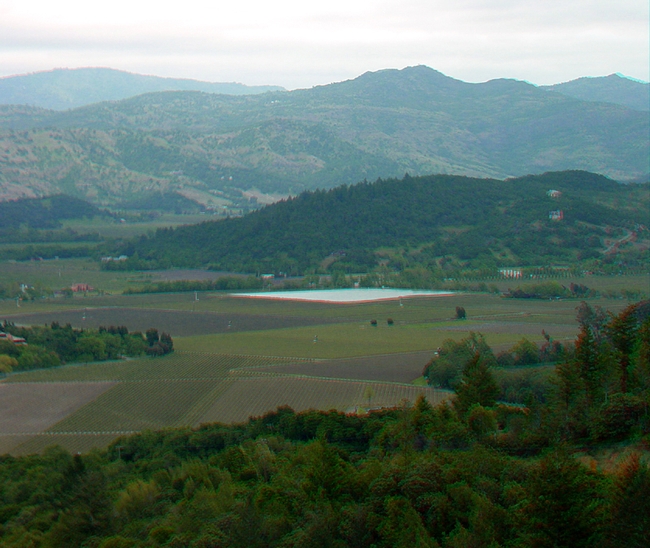
Eastern hills of Napa County. (geologycafe.com)

Streets and houses all over town show evidence of thoughtful tree planting. (redfin.com)

Another Napa home with trees front and back. (rexhomes.com)
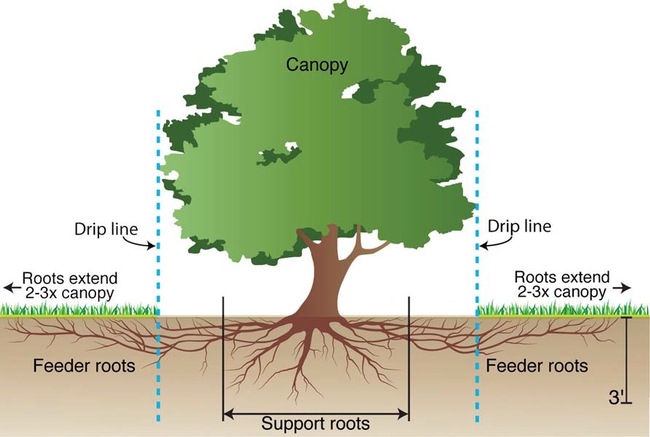
Trees have extensive root systems. (padredam.org)
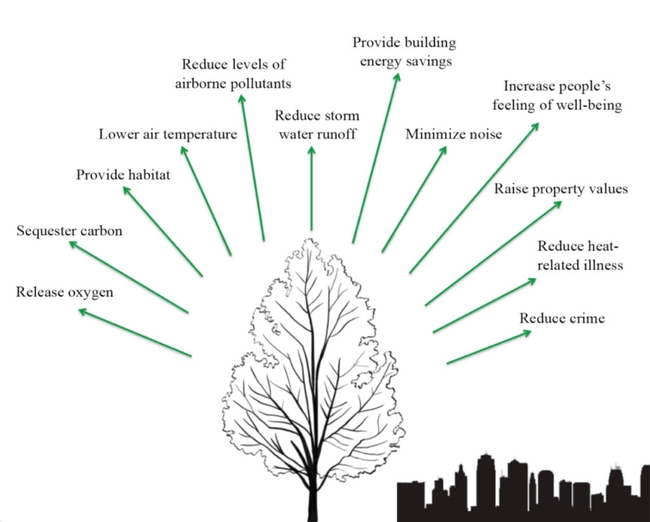
What trees mean to a community. (belmontcitizensforum.org)
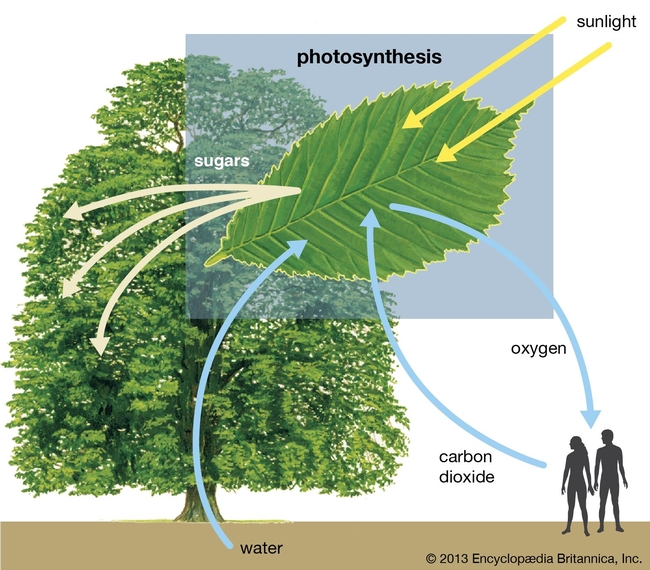
All this magic in the leaf of a tree. (britannica.com)
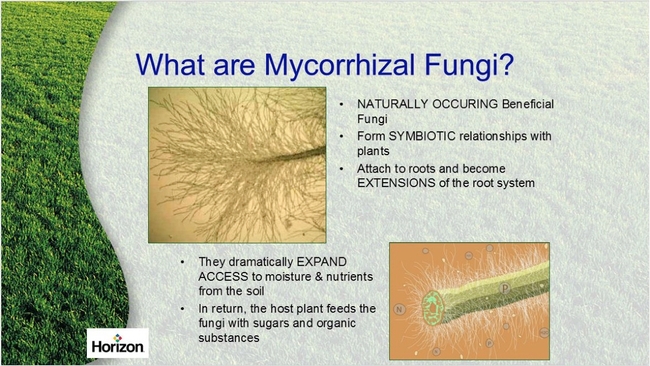
Tree roots depend on fungi. (ias4sure.com)
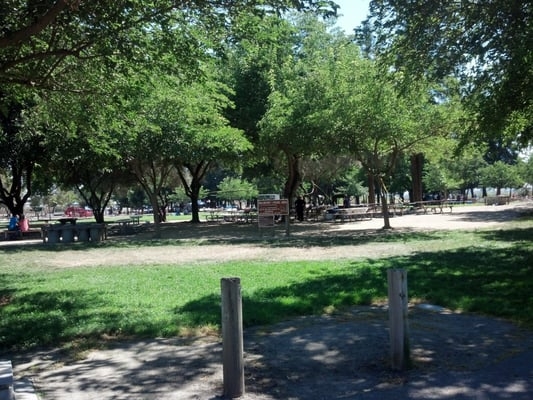
Kennedy Park stuffed with trees. (yelp.com)
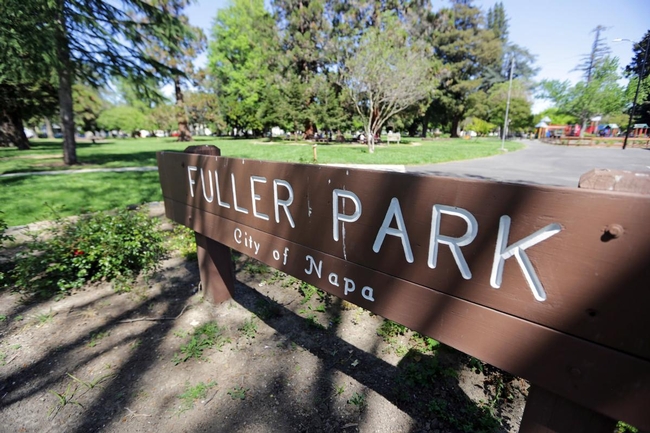
Fuller Park, more trees. (napavalleyregister.com)
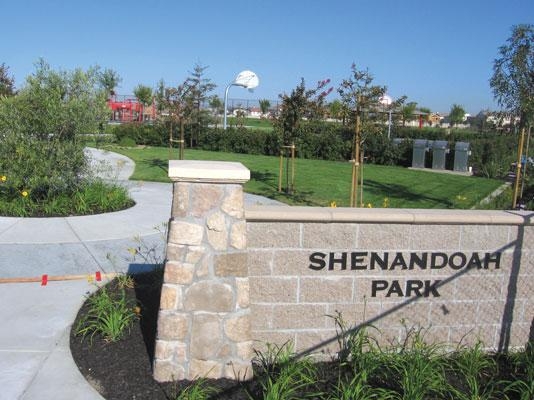
A new park in American Canyon with shade trees of the future. (napavalleyregister.com)
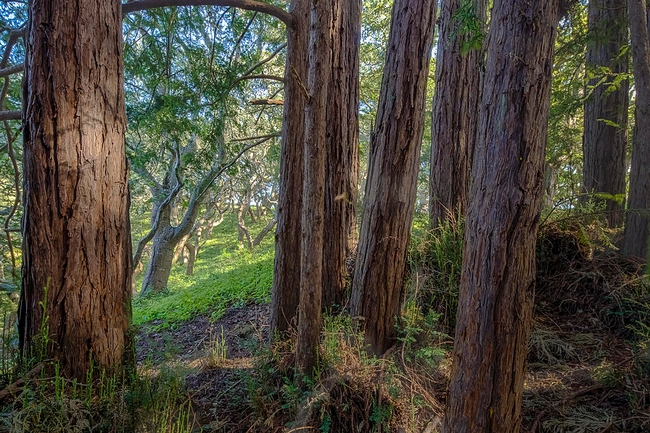
Just think of the value of redwoods and oaks--and all trees--to our well-being. (fineartamerica.com)
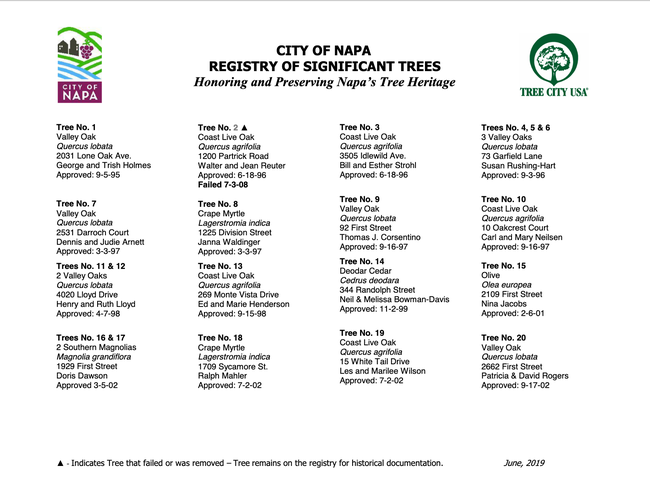
Napa Registry of Significant Trees